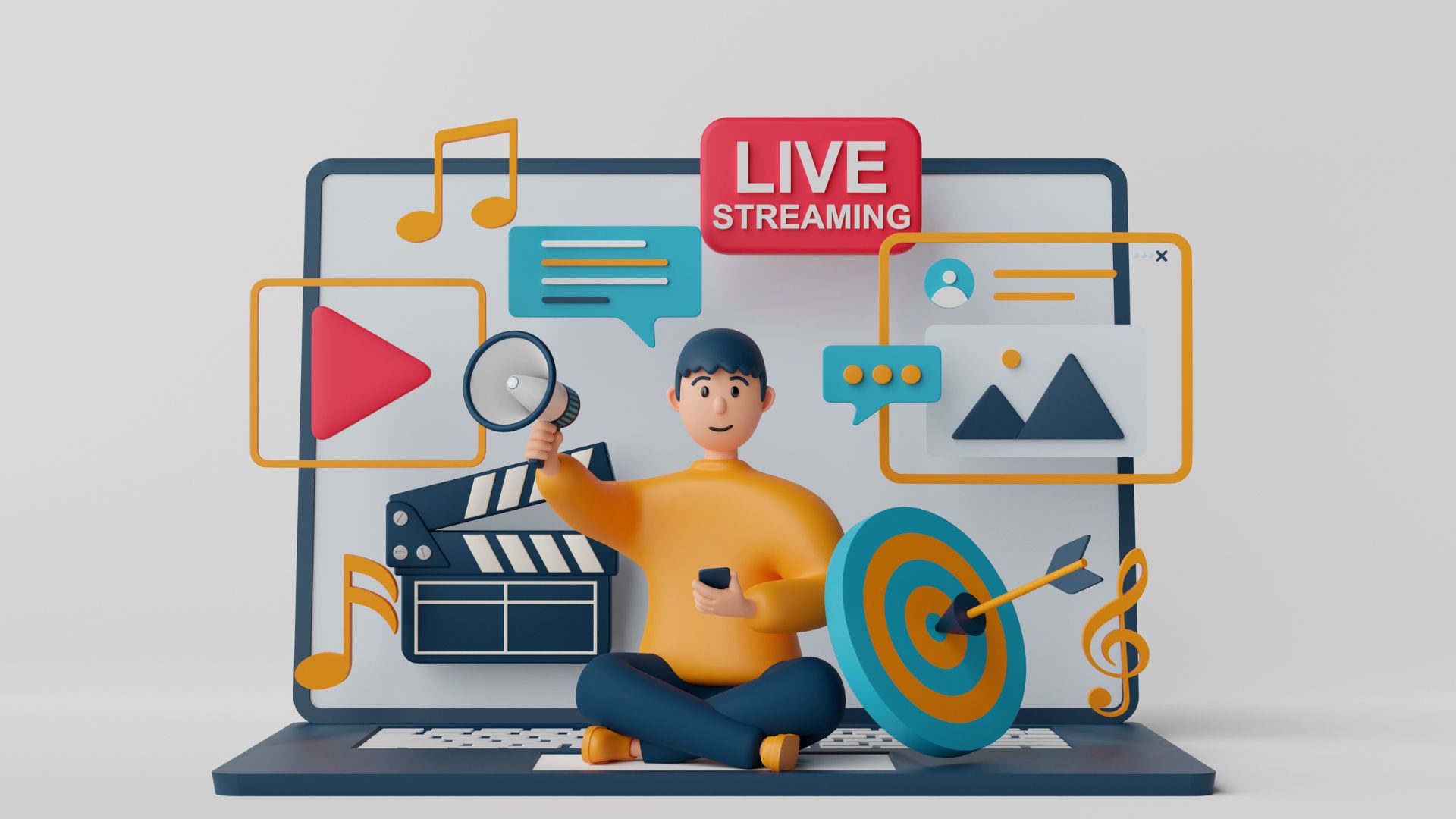In the early days, your blog is like a conversation with yourself. You write what interests YOU. But as you attract a loyal readership, it’s time to start listening closely to THEM. What worked when you had a few hundred readers might not resonate the same way as your audience grows and their needs change. The good news? Your audience is constantly giving you clues on how to serve them better. Think of data analysis as the secret to:
- Creating content that feels tailor-made for your readers, deepening their trust in you.
- Saving time by focusing on topics you KNOW they’re hungry for, not just what you think they want.
- Boosting engagement, because content that truly addresses their pain points is the kind they’ll share and come back to again and again.
1. Where to Find Audience Insights
Go Beyond the Basics: Sure, knowing your audience skews mostly female, 25-35, is helpful to some degree. But real content magic happens when you understand their psychographics: fears, desires, what keeps them up at night…
Your Blog Comments are a Goldmine:
- Recurring Questions: If you get asked the same thing repeatedly, that’s a sign you need content addressing it head-on.
- Word Choice Matters: Do they say their budget is “tight” or that they feel “desperate” to find a solution? That nuance informs your content tone.
Surveys & Polls: Get Direct Feedback
- Don’t be afraid to ask! Even a short survey about your audience’s biggest pain points is incredibly valuable.
- Easy Tools: Google Forms or SurveyMonkey’s free plans are perfectly fine for most bloggers.
Social Media Sleuthing:
- Relevant Subreddits: What threads get tons of engagement? This shows you what your audience is REALLY talking about.
- Niche Facebook Groups: Observe discussions, but be respectful. Don’t just swoop in promoting your blog, focus on learning.
Your Own Analytics: Dig Deeper
- High Engagement Posts: What made people stick around to read, or even share with friends? Replicate the success formula.
- Search Terms: (Search Console data) How are people finding your content? Optimize for those keywords!
Key Point: You likely have untapped audience insights in places you’re ALREADY looking. It’s about analyzing with intention.
2. Turning Insights Into Content Gold
The Problem-First Approach
- Passion Matters, But… It’s easy to get excited about a topic YOU find fascinating. The hard truth? If your audience doesn’t share that need, it won’t translate to results.
- Answer Their Burning Questions: What problem keeps them awake at night? That’s where your content needs to focus.
Address Objections Head-On
- Your Comments Section is Key: Do people express doubts about a product being too expensive, or not user-friendly enough? Dedicated content tackling those objections boosts conversions.
- Builds Trust: Shows you’re an honest advocate, not just trying to make a quick buck.
Match Format to Need
- Is it Complex? A step-by-step video tutorial might be better received than a 5000-word text post.
- Where Do They Hang Out? If your audience loves YouTube, video content is a smart investment, even if it’s not your favorite format.
Repurpose Strategically
- High-Engagement = High Potential: A popular blog post is the perfect foundation for an email series, webinar, or even a mini-course.
- Work Smarter, Not Harder: Repurposing lets you get more mileage out of your best content, reaching your audience in multiple ways.
Key Point: Audience insights aren’t just about coming up with ideas, they help you choose the RIGHT format for maximum impact.
3. Refining Your Ideal Reader Profile
It’s Not Set in Stone: Your blog in year one likely attracted a different kind of reader than it does now. That’s GOOD! It means you’re growing. But, it also means your content needs to grow with them.
Specificity Wins: The Riches Are in the Niches
- “Moms” vs. “Moms of Toddlers Struggling with Picky Eating”: The second group is way easier to create content for that truly connects.
- Deeper = Better: Understanding their specific pain points makes your content feel like it was written just for them.
Use Their Words for Maximum Impact
- Don’t Get Fancy: If your audience calls themselves “budget-savvy home cooks” don’t try to rebrand them as “culinary enthusiasts”.
- Mirroring Builds Trust: When people feel truly seen and understood, they’re far more likely to buy from you.
Key Point: Think of your ideal reader profile as a living document. Revisit it at least annually, using your audience insights to refine it further.
Conclusion: The Power of Audience-Driven Content
Let’s recap why understanding your audience on a deeper level is a game-changer for your blog:
Increased Relevance: Content that addresses your audience’s true needs is content they’ll actually engage with and share.
Saves You Time: Stop throwing random topics out there and hoping something sticks. Data lets you focus on what you KNOW will resonate.
Builds Stronger Trust: Showing a genuine understanding of your readers’ struggles makes them more likely to see you as the solution provider.
The Journey, Not the Destination
Your audience will evolve over time, and so should your content strategy. Commit to regularly revisiting your audience insights. Even small shifts can lead to big results.
Call to Action
Ready to level up your content game? Here’s your challenge:
- Pick ONE Data Source: Your blog comments, an old survey, social media listening…wherever you think insights are hiding.
- Dive Deep: Spend focused time analyzing. What patterns do you see? What surprises you about your audience?
- Brainstorm Content Ideas: How can you turn those insights into content that will truly serve your readers better?
Remember, even small insights spark positive change!









No Comments
Leave a comment Cancel